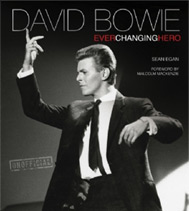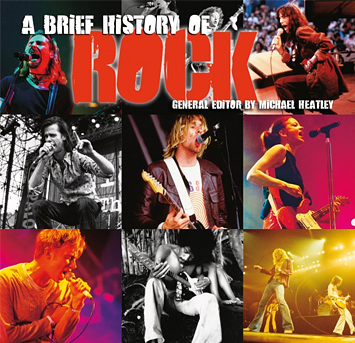Styles & Forms | Jubilee Gospel
In the later years of the nineteenth century, the world of black religion was in ferment. Breakaway sects began to found their own churches and followed the drift of black people from the country to the cities, resulting in the mass migrations from Southern oppression to a newer, but not always easier life in the industrialized cities of North America.
Many of these churches were Pentecostal or ‘sanctified’ in nature, and they rejected the stiffly formalized rituals of their Baptist or Methodist mother churches in favour of more extreme methods of worship, which could include haranguing sermons, speaking in tongues, dancing (known as ‘shouting’) and the use of musical instruments. The active involvement of the congregation could induce fits of religious ecstasy during which the worshipper would ‘fall out’, entering a trance-like state of exaltation. Perhaps the most influential of these new churches was C.H. Mason’s Church Of God In Christ (COGIC), which began its life in Mississippi, but found its most fertile ground in the black ghettos of the north. Despite some fierce preaching, these churches projected a tone of joy and a basic message of ‘good news’.
The 1920s And 1930s
In the early years of the new century, black music was very prominent in American life. Minstrelsy had given ground to ragtime, while blues had been noted and, along with jazz, was waiting in the wings. Both Scott Joplin and W.C. Handy had backgrounds in church music. Paralleling these developments was the innovation of sound recordings being made and sold as entertainment. In 1921, soon after Mamie Smith proved that a market existed among blacks, a group from Virginia called the Norfolk Jazz & Jubilee Quartet recorded in New York. Their initial offerings were blues and popular songs, with a sprinkling of religious titles; by 1923, however, jubilee songs had come to dominate their repertoire. By the end of the 1920s, groups such as the Golden Leaf Quartet, The Pace Jubilee Singers and The Birmingham Jubilee Quartet were appearing regularly in record companies’ ‘race’ catalogues. They sang acappella and introduced more daring and complicated arrangements built on a basic four-part harmony, sometimes utilizing stop-time or bringing forward the bass for novelty effect.
The financial crash of 1929, which ushered in the Great Depression, caused those recording companies that survived to restrict their activities, putting an end to many budding musical careers. However, religion provided solace for people who were hit hard by such desperate times and the popularity of ‘sanctified’ material with the black audience ensured that it was well represented as the recording industry slowly regained its feet.
The earliest known black composer of religious songs was W. Henry Sherwood, a Baptist who, in 1893, produced a hymnal that found favour in black churches. Another famous collection, by the Methodist C.A. Tindley, followed in 1916. As the black diaspora spread across America, certain cities became famous in black society for their preachers and singers. COGIC was particularly strong in Chicago, and the quartets operating...
AUTHORITATIVE
An extensive music information resource, bringing together the talents and expertise of a wide range of editors and musicologists, including Stanley Sadie, Charles Wilson, Paul Du Noyer, Tony Byworth, Bob Allen, Howard Mandel, Cliff Douse, William Schafer, John Wilson...
CURATED
Classical, Rock, Blues, Jazz, Country and more. Flame Tree has been making encyclopaedias and guides about music for over 20 years. Now Flame Tree Pro brings together a huge canon of carefully curated information on genres, styles, artists and instruments. It's a perfect tool for study, and entertaining too, a great companion to our music books.

David Bowie
Fantastic new, unofficial biography covers
his life, music, art and movies, with a
sweep of incredible photographs.


